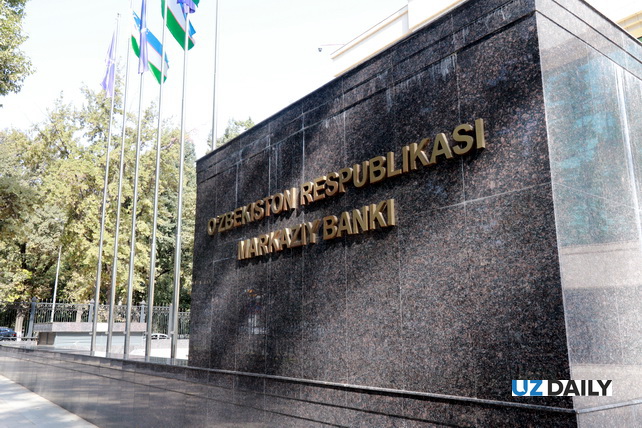
Uzbekistan’s Financial System Remains Stable — Central Bank
Uzbekistan’s Financial System Remains Stable — Central Bank
Tashkent, Uzbekistan (UzDaily.com) — The Central Bank of the Republic of Uzbekistan has published the “Financial Stability Review for the First Half of 2025,” confirming that the country’s financial system remains stable despite ongoing global uncertainty.
The report covers macro-financial conditions, an assessment of banking sector risks, stress-test results, and key directions of macroprudential policy.
According to the Central Bank, the global economy is showing moderate growth, while global inflation continues to decline. International financial conditions have eased, with positive trends in stock markets, falling interest rates, and strengthening of emerging market currencies. Major risks remain associated with trade policies and the potential reintroduction of tariffs, which could slow economic growth.
Uzbekistan’s domestic economy continues to demonstrate steady growth. In the first half of 2025, GDP increased by 7.2%, and inflation stood at 8.7%. The negative trade balance decreased by 20%, while the national currency appreciated by 2.1% since the beginning of the year. These indicators reflect stabilized expectations and positive domestic demand dynamics.
The country’s banking system remains stable and highly liquid. The total capital adequacy ratio was 17.4%, Tier 1 capital — 14.6%, and the share of non-performing loans — 3.8%. The liquidity coverage ratio (LCR) reached 195%, and the net stable funding ratio (NSFR) — 117%. Return on equity (ROE) was 10.8%, and return on assets (ROA) — 2%. Stress tests showed that even under adverse scenarios, the banking system retains its adaptability and resilience.
The household sector shows positive dynamics: lending volumes grew by 15%, while debt burden decreased from 36% to 33%. The share of non-performing microloans stood at 4.4%, indicating maintained payment discipline among the population. Large companies showed improved liquidity and profitability, with a declining leverage ratio. The corporate loan portfolio accounted for 24% of GDP, of which 63% were foreign currency loans, with portfolio growth of 14% over the year.
The housing market is undergoing price adjustments: the gap between fundamental and market values narrowed from 17% to 4%. Annual market housing prices fell by 4%, while rental rates increased by 12%. The number of purchase and sale transactions grew by 11%, and mortgage lending increased by 18%.
The Central Bank continues to enhance macroprudential policy tools aimed at strengthening banking system resilience and reducing systemic risks, with capital buffers and capital adequacy requirements remaining key elements.
Analysis of Uzbekistan’s financial system confirms its stability and ability to adapt to internal and external challenges. Key factors supporting stability include effective macroprudential policy, responsible market behavior, and transparent communication with the public and investors. The Central Bank notes that the country enters the second half of 2025 from a position of confidence in risk control, trust-building, and sustainable financial sector growth.